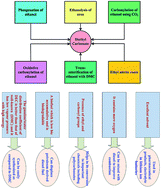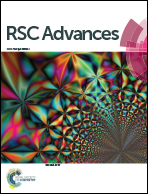Diethyl carbonate: critical review of synthesis routes, catalysts used and engineering aspects
Abstract
Diethyl carbonate (DEC) is a well-known linear organic carbonate that has wide applications. Besides its use as a fuel additive, DEC is an excellent electrolyte for lithium ion batteries and is used for the production of polycarbonates, which are globally used engineering plastics. The synthesis of DEC from CO2 helps in CO2 mitigation. It was earlier synthesized by phosgenation of ethanol, which is a toxic and dangerous process. Certain non-phosgene routes have been developed in recent years, which include oxidative carbonylation of ethanol, trans-esterification of carbonate, alcoholysis of urea, ethanolysis of CO2 and the ethyl nitrite route for DEC synthesis. This review underlines various non-phosgene methods for the synthesis of DEC by critically evaluating the catalysts used, operating conditions and mechanism of synthesis. The performances of various catalysts have been compared graphically along with the identification of problems and potential solutions. Certain engineering aspects, including kinetics and thermodynamics of the various routes, have also been highlighted. The shortcomings and research gaps have been explicitly mentioned and discussed along with required future developments and research work for DEC synthesis.


 Please wait while we load your content...
Please wait while we load your content...